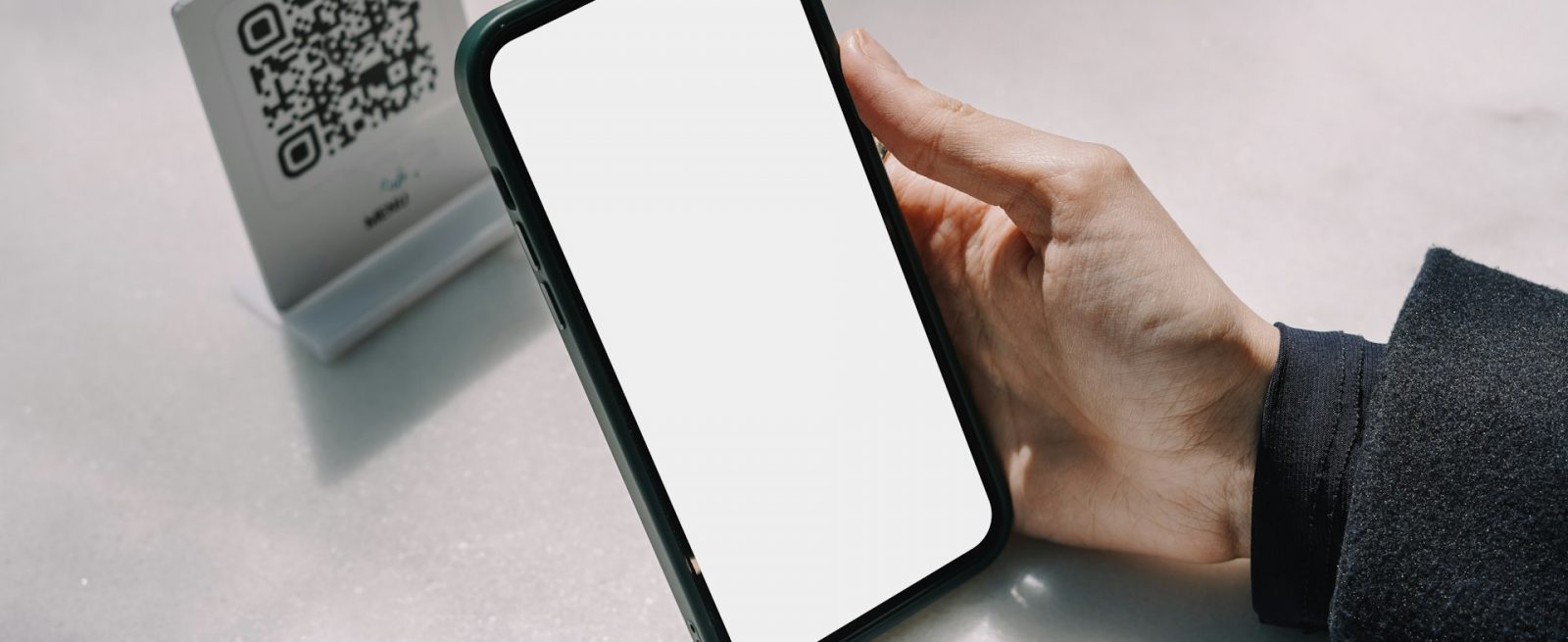Beyond the Menu: Maximizing the Use of QR Codes
3 Min Read By Joep Leussink
The evolution of the QR code has been something of a full-circle journey since it exploded on the global scene a little more than a decade ago. Funny-looking, pixelated Rorschach blots were suddenly plastered on seemingly every product and piece of signage a consumer might happen upon, and the public was eager to explore new interactions with their still-novel smartphones.
Too often, what customers found was a clunky experience marked by poor scanning results, slow click-throughs and the need to download third-party apps just to engage with the expected content. As users discovered Google and learned best practices for finding sought-after information, QR codes began to feel superfluous – an extra or unnecessary step for consumers to get where they wanted to go.
Just when it seemed QR codes might go the way of the pager or MySpace, improvements in design were followed soon after by the pandemic. In the restaurant and hospitality industries, that meant the prioritization of touchless programs and dynamic digital collateral – menus, hours and other important information that could be updated easily and often to respond to changing conditions.
Now? The technology has caught up to the industry’s needs, consumers know what to expect and how best to use it, and QR codes are again a ubiquitous presence around restaurants, bars and hospitality settings. But just because you see them doesn’t mean they’re being leveraged to their full capabilities. Could you be getting more out of your QR codes?
Best and New Uses of QR Codes
In just the first three months of 2025, QR code scans reached 41.77 million – a 433 percent increase since 2021. Sure, that time frame overlapped with the pandemic and a tidal wave of touchless demand, but it was also a period that saw brands explore and begin to understand new uses for QR codes – including marketing and brand loyalty.
In addition to touchless menus and payment options, QR codes helped companies bridge the information gap, putting everything from FAQs to wifi network info and passwords to maps at consumers’ fingertips. McDonald's started incorporating QR codes across their mobile apps and throughout their brand loyalty programs. Nintendo uses QR codes within its gaming system to share avatars. Brands continue to find new ways to reach out to and develop more meaningful connections with their customers and target audience, including:
- Embedded video messages in packaging. A founder or executive may find that a thank you or an explanation of their company’s core values goes a long way in building brand loyalty.
- Product information and tutorials. These could range from allergy information to product sourcing details to how-to videos for cracking open crab legs or preparing a par-cooked meal.
- Customer feedback. Boring? Not at all. Reviewers are a company’s best brand ambassadors, and a conspicuous feedback option builds trust, helps a business quickly correct an issue and can convert a disgruntled customer into a loyal brand follower.
- Subscription calendars. Restauranteurs can also utilize QR codes as a channel to link customers directly to their business calendar. By scanning this type of QR code, customers can opt-in to receive upcoming event details, promotional drops, happy hours and more–and should they choose an event of interest, they can even add it to their own personal calendars, ensuring they never miss out on the fun.
Why QR Codes Matter Beyond the Menu
Especially in today’s volatile economic environment, service-industry businesses have come to count on the flexibility QR codes provide as invaluable: “They’re able to adjust their menu offerings on the fly to account for elements like inflation, fluctuations in food and commodities prices, and other variables,” Raleigh Harbour, Bitley president and CEO, told CNBC.
Hospitality players can also leverage QR codes to keep their patrons engaged long after they leave the table. A quick scan can add recurring events like weekly happy hours, special prix fixe nights, seasonal pop-ups, or live entertainment directly to a guest’s personal calendar should they choose to opt-in. This passive engagement method keeps the brand top of mind and integrates seamlessly into the customer’s daily life—without the friction of email signups or app downloads.
The convenience and seamless integration of QR codes continue to be a significant factor in boosting traffic and improving customer retention for countless service businesses. By streamlining enrollment in loyalty programs, points tracking and reward redemption, QR codes allow brands to provide customers swifter service and drive repeat business. With a now-intuitive, easy-access touchpoint, companies are providing more accessible and personalized experiences and building stronger bonds and deeper relationships with their customers.


